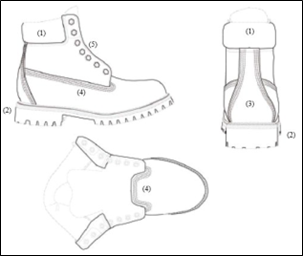After the district court, on remand, held that laches did not bar relief, the US Court of Appeals for the Third Circuit again determined that the district court abused its discretion by not properly applying the presumption in favor of laches and issued an order to vacate and remand with instructions to dismiss a charity’s trademark infringement claims with prejudice. Kars 4 Kids Inc. v. America Can!, Case Nos. 23-1273; -1281 (3rd Cir. Apr. 17, 2024) (Bibas, Porter, Fisher, JJ.)
Kars 4 Kids and America Can! Cars for Kids are charities that sell donated vehicles to fund children’s education programs and have been engaged in a trademark dispute since 2003. Both parties have alleged federal and state trademark infringement, unfair competition and trademark dilution over their respective KARS 4 KIDS and CARS FOR KIDS trademarks. The parties were last before the Third Circuit in 2021, when the Court held that America Can was first to use its CARS FOR KIDS trademark in Texas, and Kars 4 Kids waived any challenge to the validity of America Can’s marks. In that 2021 decision, the Third Circuit also vacated the district court judgment in part and remanded the case for the district court to reexamine its laches and disgorgement conclusions, which had been decided in favor of America Can.
The Lanham Act does not contain a statute of limitations. Instead, it subjects all claims to the principles of equity. To determine whether laches bars a claim, a court considers two elements: whether the plaintiff inexcusably delayed in bringing suit, and whether the defendant was prejudiced as a result of the delay. With respect to the burden of proof for the laches claim at issue, America Can and Kars 4 Kids agreed that their Lanham Act claims were properly analogous to New Jersey’s six-year fraud statute. Therefore, because America Can first discovered the Kars 4 Kids trademark in Texas in 2003 and did not bring counterclaims until 2015, America Can was subject to a presumption that its claims were barred by laches unless it was able to prove both that its delay in filing suit was excusable and that it did not prejudice Kars 4 Kids.
On the issue of delay, the Third Circuit found that the district court erred because it did not find that America Can met its burden of establishing that its delay in bringing suit was excusable and that a reasonable person in its shoes would have waited to file suit. Instead, the district court improperly placed the burden on Kars 4 Kids to establish whether its advertisements in Texas were viewed by a sufficient number of Texans so as to put America Can on notice. As the Third Circuit explained, this was error. The district court should have held America Can to the burden of persuasion to show that it was not sufficiently aware of Kars 4 Kids’s use of its mark in Texas and to show what it did to identify and stop any potentially [...]
Continue Reading
read more

 Subscribe
Subscribe



